Jeg leste nettopp på det danske nettstedet «Katolsk Tradition» om «Paix Liturgique» som nettopp har fått en svensk avdeling – SE HER.
«Paix Liturgique» arbeider for at begge former av den katolske liturgi skal kunne feires alle steder, og så langt jeg kan se drives arbeidet av lekfolk – og startet i Frankrike i 2003. (engelsk avdeling i 2009) Kanskje noen lesere vet mer om dette?
Den svenske avdelingen av «Paix Liturgique» har bl.a. oversatt til svensk pave Benedikts motu proprio om den gamle messen og instruksjonen Universæ Ecclesiæ – fra den siste tar jeg med et utdrag:
”Cœtus fidelium” (jmf. motu propriot Summorum Pontificum, art. 5 § 1)
15. En cœtus fidelium (grupp av troende) jämlikt motu propriot Summorum Pontificum art. 5 § 1 skall anses vara stabiliter exsistens (finnas till mera varaktigt) så länge som gruppen består av församlingsmedlemmar som samlats på grundval av sin vördnad för liturgin firad enligt usus antiquior och efterfrågar att denna firas i församlingskyrkan, ett oratorium eller ett kapell – även om gruppen bildas efter att motu propriot utfärdades. En cœtus fidelium kan även bestå av individer från olika församlingar och stift som på redan nämnda grundval samlas i en församlingskyrka, ett oratorium eller ett kapell.
16. Om en präst då och då uppsöker en given församlingskyrka eller ett kapell åtföljd av ett antal troende i syfte att fira den extraordinarie formen jämlikt art. 2 och 4 i motu propriot Summorum Pontificum skall kyrkoherden eller kapellets rektor bevilja dem den saken, försåvitt den aktuella kyrkans ordinarie gudstjänsttider så medger.
17. § 1. Kyrkoherden, kapellets rektor eller den på annat sätt ansvarige prästen skall i varje enskilt fall överväga förfrågan med prudentia, och därvid låta sig styras av en anda av pastoral omsorg och generöst välkomnande.
§ 2. I fall av mycket små grupper skall man vända sig till den berörde ordinarien, vilken kommer att anvisa en lämplig kyrka i vilken de troende kan samlas för firanden av detta slag, så att deltagande underlättas och den heliga mässan firas värdigare.
18. Också vid helgedomar och vallfartsorter skall möjligheten att fira enligt den extraordinarie formen, så länge som det finns en kvalificerad präst, erbjudas de grupper av pilgrimer som så önskar (jmf. motu propriot Summorum Pontificum, art. 5 § 3).
19. De troende som efterfrågar firandet av den extraordinarie formen får aldrig vare sig understödja eller tillhöra grupper som antingen förnekar att firandet av den heliga mässan och övriga sakrament enligt den ordinarie formen är giltigt och legitimt, eller vägrar erkänna påven som den världsvida kyrkans högste herde.
”Sacerdos idoneus” (jmf. motu propriot Summorum Pontificum, art. 5 § 4)
20. Kriterierna för att en präst skall betraktas som ” idoneus” (kvalificerad) för firandet av den heliga mässan i den extraordinarie formen är följande:
a) en katolsk präst, som inte är förhindrad av den kanoniska lagen7, skall anses idoneus (lämplig, kvalificerad) för firandet av den heliga mässan enligt den extraordinarie formen;
b) vederbörande måste ha grundläggande kunskaper i latin, så att han förmår uttala orden korrekt och förstår deras innebörd;
c) varje präst, som av sig själv infinner sig för firandet av den extraordinarie formen och därtill redan firat den tidigare, skall anses behärska ritens genomförande.

 Polycarp was a disciple of the Apostle John, and was consecrated by him Bishop of Smyrna. He was reckoned the chief of all the Christians of Asia, because he had been taught by several of the Apostles, and other persons who had seen the Lord. During the reign of the Emperor Antoninus Pius, and while Anicetus presided over the Church of Rome, Polycarp came thither to discuss some questions regarding the time for observing Easter. He found some heretics at Rome, who had been led astray by the doctrine of Marcion and Valentine, and brought back many of them to the faith. One day Marcion met him by accident, and said to him Do you recognise me? whereto he replied I recognise the devil’s eldest son. Some time after, in the reign of Mark Antonine and Lucius Aurelius Commodus, during the fourth persecution since Nero, when the Pro-consul was ruling in Smyrna, the whole population being assembled in the theatre, clamoured against Polycarp, and to please them he was burnt. He wrote an extremely useful Epistle to the Philippians, which is publicly read in the Churches of Asia even to this day.
Polycarp was a disciple of the Apostle John, and was consecrated by him Bishop of Smyrna. He was reckoned the chief of all the Christians of Asia, because he had been taught by several of the Apostles, and other persons who had seen the Lord. During the reign of the Emperor Antoninus Pius, and while Anicetus presided over the Church of Rome, Polycarp came thither to discuss some questions regarding the time for observing Easter. He found some heretics at Rome, who had been led astray by the doctrine of Marcion and Valentine, and brought back many of them to the faith. One day Marcion met him by accident, and said to him Do you recognise me? whereto he replied I recognise the devil’s eldest son. Some time after, in the reign of Mark Antonine and Lucius Aurelius Commodus, during the fourth persecution since Nero, when the Pro-consul was ruling in Smyrna, the whole population being assembled in the theatre, clamoured against Polycarp, and to please them he was burnt. He wrote an extremely useful Epistle to the Philippians, which is publicly read in the Churches of Asia even to this day.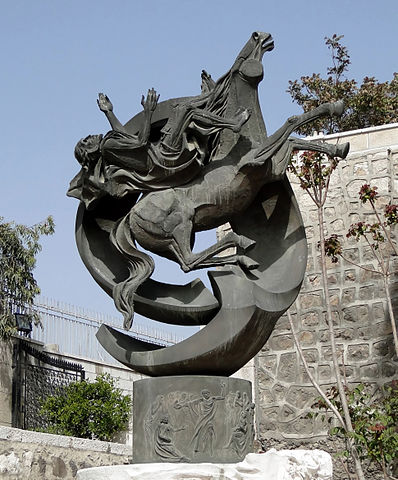 (Statuen til venstre står i Damaskus.) Men Paulus’ omvendele er i den tradisjonelle kalenderen bare en 3. klasses fest (dvs. minnedag), mens den i den nye kalenderen feires som fest, og i morgendagens Matutin leses bare hans omvendelse fra Apotl.gj. 9, ikke noe om ham fra kirkefdrene e.l.
(Statuen til venstre står i Damaskus.) Men Paulus’ omvendele er i den tradisjonelle kalenderen bare en 3. klasses fest (dvs. minnedag), mens den i den nye kalenderen feires som fest, og i morgendagens Matutin leses bare hans omvendelse fra Apotl.gj. 9, ikke noe om ham fra kirkefdrene e.l. At Rome, under Symphronius, Prefect of the city, the holy Virgin and martyr Agnes. She was cast into the fire, but the fire died out at her prayer, and then she was smitten with the sword, (in the year 304.) Blessed Jerome writeth concerning her. The life of Agnes hath been praised in the writings and in the tongues of all nations, and most chiefly in the churches. She overcame not only the tyrant but also the weakness of her own age, and hallowed by martyrdom the title of virgin.
At Rome, under Symphronius, Prefect of the city, the holy Virgin and martyr Agnes. She was cast into the fire, but the fire died out at her prayer, and then she was smitten with the sword, (in the year 304.) Blessed Jerome writeth concerning her. The life of Agnes hath been praised in the writings and in the tongues of all nations, and most chiefly in the churches. She overcame not only the tyrant but also the weakness of her own age, and hallowed by martyrdom the title of virgin.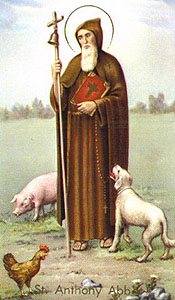 I Italia er den hellige Anton fortsatt en populær helgen, og mange av de gamle tradisjonene – med bl.a. velsignelser av dyr – lever fortsatt.
I Italia er den hellige Anton fortsatt en populær helgen, og mange av de gamle tradisjonene – med bl.a. velsignelser av dyr – lever fortsatt. 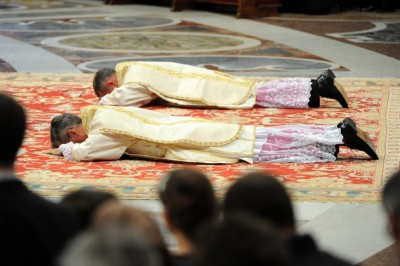
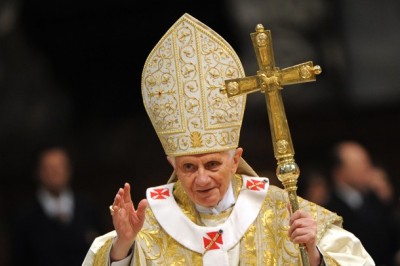
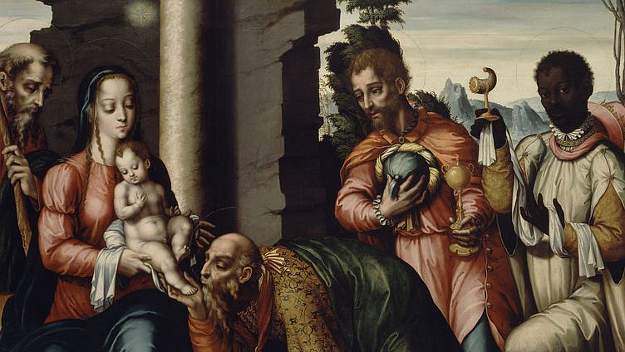
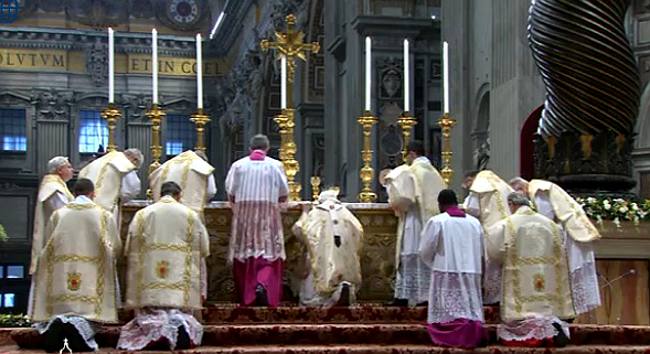
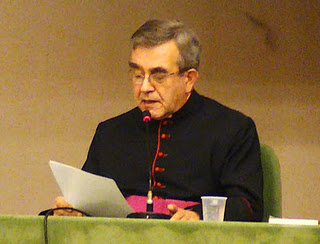 NLM skriver mer om Una Voces 20. generalforsamling i Roma i november,
NLM skriver mer om Una Voces 20. generalforsamling i Roma i november,